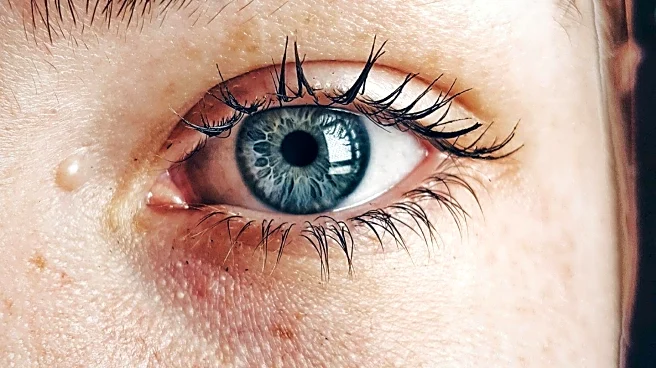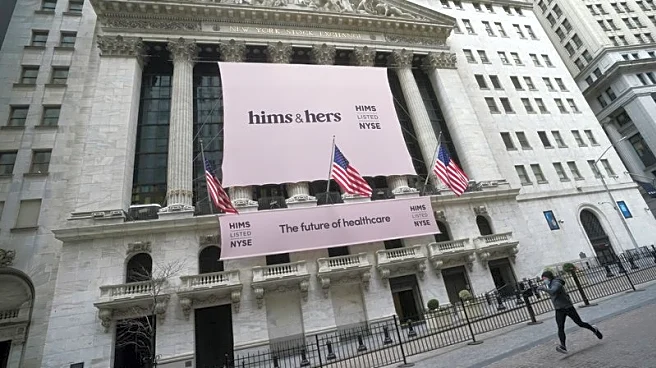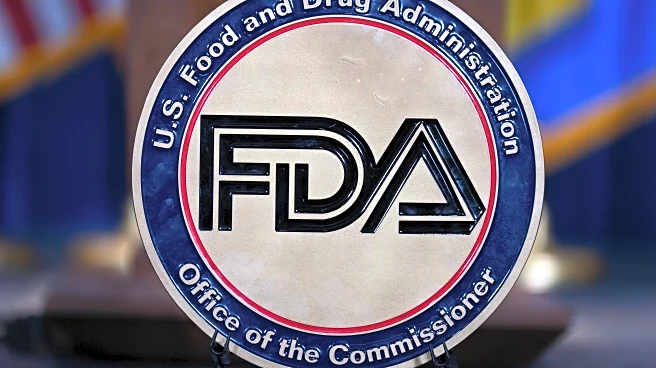What is the story about?
What's Happening?
Serena Williams has appeared in an advertisement for the telehealth provider Ro, promoting GLP-1 medications. Unlike pharmaceutical companies, Ro is not required to disclose the full list of potential side effects in its advertisements. This has raised concerns as the FDA has recently announced a crackdown on pharmaceutical ads that do not fully disclose drug risks. The FDA's new initiative aims to close what it describes as a loophole in the 1997 regulation that allows drug companies to advertise without fully listing safety risks. However, experts argue that this regulation was intentionally designed to balance marketing needs with patient information. The FDA's move has sparked debate over the regulatory framework governing drug advertisements.
Why It's Important?
The promotion of GLP-1s by a high-profile figure like Serena Williams highlights the growing influence of telehealth providers in the pharmaceutical market. These companies, unlike traditional pharmaceutical firms, are not bound by the same advertising regulations, allowing them to market drugs with fewer restrictions. This situation underscores the need for regulatory clarity as the lines between healthcare providers and pharmaceutical companies blur. The FDA's crackdown could have significant implications for how drugs are marketed, potentially affecting consumer awareness and safety. The debate also touches on broader issues of free speech and the role of government in regulating commercial speech.
What's Next?
The FDA's recent actions suggest a potential shift in how drug advertisements are regulated, which could lead to increased scrutiny of telehealth providers like Ro. Congress may be urged to address the regulatory gap that allows these companies to operate under different standards. The pharmaceutical industry and telehealth providers are likely to respond to these developments, possibly through legal challenges or lobbying efforts. The outcome of this regulatory push could redefine the landscape of drug advertising in the U.S., impacting how consumers receive information about medications.
AI Generated Content
Do you find this article useful?















